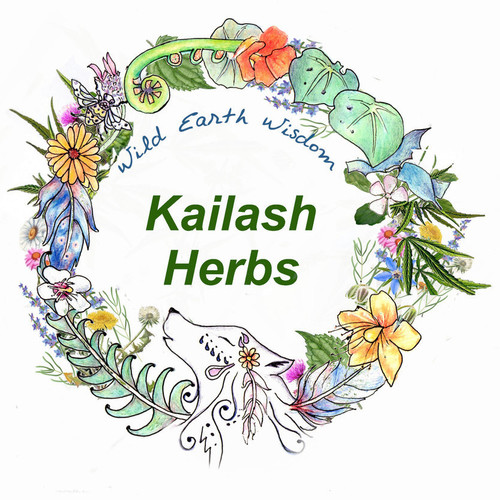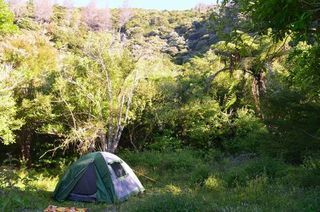Summer Herbs for First Aid
Summer in New Zealand is so stunning and most of us head out camping or exploring at some point during the summer months. Sometimes accidents do happen, are you prepared or know which plants you can use?
Mother Nature has our back and there are a number of wild herbs and plants/trees (rakau) that you can use if necessary.
These herbs are usually found easily and are quite recognisable...
Plantain - if you're camping, you should see some plantain growing around somewhere, it is  usually flowering during summer and grows wild pretty much everywhere!
usually flowering during summer and grows wild pretty much everywhere!
It is helpful for all healing situations like cuts, bites, stings (including white tail spiders), wounds, cuts, dog bites, tears, ulcers, gout, eczema, boils, abscesses, scalds & burns, piles, scarring, sore, itchy, inflamed skin.
Simply pick some fresh leaves and crush finely or chew them up until they form a paste, then apply to the skin and cover with a bandaid or bandage. You can replace the plantain a few times a day as needed, until the area has healed.
Kawakawa - If you're out in the bush, you will see Kawakawa somewhere in a shady spot. It's healing heart-shaped leaves, often with holes, are usually very easy to spot. It is super helpful for insect bites & stings, rashes, bruises, wounds & cuts, burns, aches and pains.
For toothache, chew on kawakawa leaves, which won’t taste great but will certainly numb the pain.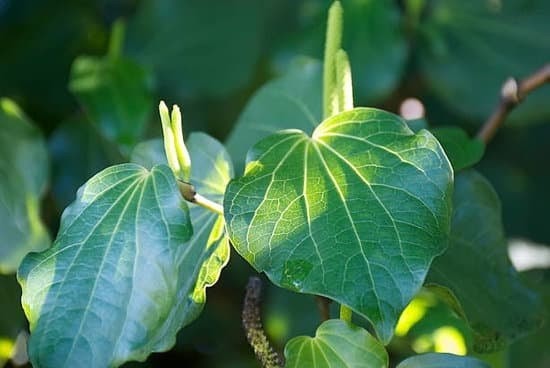
Kawakawa's antimicrobial and analgesic properties make it useful for treating infections. It's also great for digetive issues, so make a quick cup of kawakawa tea if you're in the bush and feeling a bit unwell.
It is also used to help people suffering from colds or bladder issues, plus burning it also helps to drive away pestering insects, in fact many campers still use this method today to ward the bugs away!
Crush the holey (most medicinal) leaves up or chew them to form a paste, and apply to the skin as needed.
You can also eat the orange kawakawa fruit, but only when ripe.
Self Heal - Self Heal is a fantastic first aid & medicinal herb. It 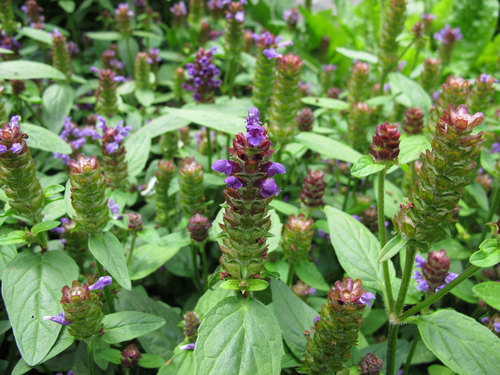 has anti bacterial, anti viral & astringent properties & stems the flow of blood. It has most commonly been used throughout history to treat wounds and heal the skin.
has anti bacterial, anti viral & astringent properties & stems the flow of blood. It has most commonly been used throughout history to treat wounds and heal the skin.
In a first aid situation, crush the leaves & flowers (poultice) or make a tea with leaves & flowers to stop bleeding, disinfect a wound & reduce swelling.
And best of all, you can usually find Self Heal in most fields or beside rivers, so it's easily accesible wherever you are.
And if you're out camping and a sore throat starts, use Self Heal as a tea for a cold, upper respiratory infections, sore and overall oral health.
Harakeke (NZ Flax) - Harakeke has lots of medicinal properties and 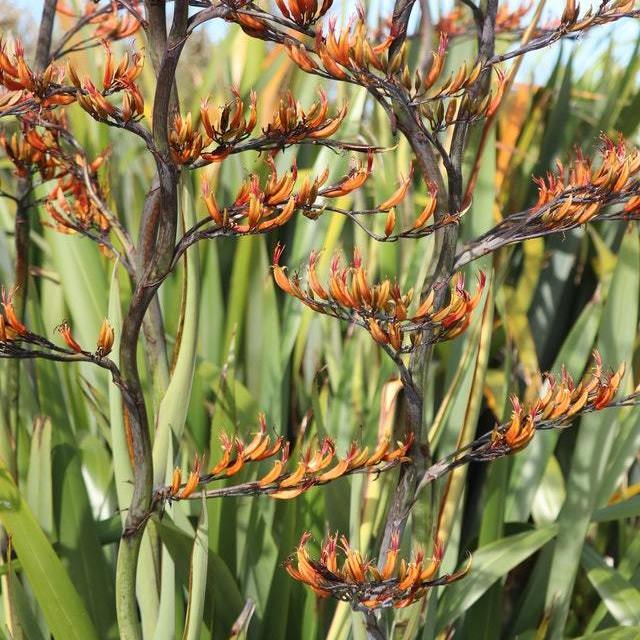 is seen around bush and beaches. Its gel, which is found at the very base of the flax, was often used to treat cuts, infections, boils, wounds, burns and scalds, while its leaves could be wrapped around wounds like a bandage.
is seen around bush and beaches. Its gel, which is found at the very base of the flax, was often used to treat cuts, infections, boils, wounds, burns and scalds, while its leaves could be wrapped around wounds like a bandage.
The seeds are an excellent substitute for coffee, are edible and quite sweet when in their green or white state. Simply snap the pod and squeeze the seeds out. Flowers also contain a delicious nectar, provided in abundance by the flax, a real energy boost in a survival situation.
Yarrow - For bleeding, think yarrow! It used to be called Soldier’s woundwort, staunchweed or nosebleed.
Yarrow cures wounds and is good for inflammations, ulcers, bruises, scrapes, aching muscles, swelling etc. it keeps wounds clean and free of infection.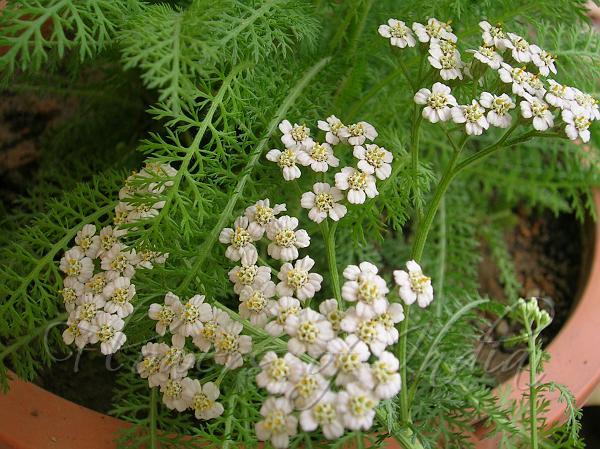
Yarrow can also be used for internal bleeding, heavy menstruation or bleeding gums, by making into an infusion (tea). And it's also great for treating colds and flu! I drink yarrow tea whenever I’m feeling sick, as it promotes sweating and helps to break a fever.
Grab a handful of flowers & leaves (or chew it up a little to make it softer) and pack it into a bleeding wound, or up a bleeding nose to reduce bloodflow.
Wild Yarrow has very distinguishable feathery, fernlike leaves with many delicate leaflets. The leaves are very aromatic and grow alternately along the main stalk. It has flat-topped clusters of white flowers which bloom in Summer.
Angi Angi (Usnea) - is a type of lichen that grows on trees. Often discarded as useless, it is 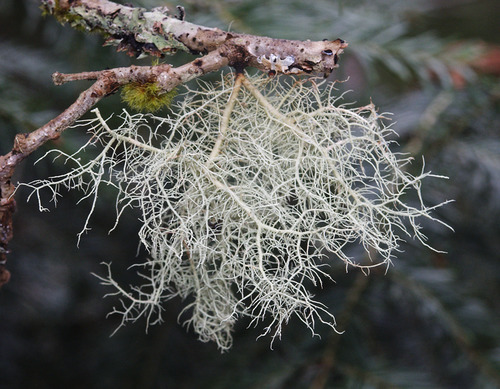 instead one of Nature's most powerful antibiotics, an infection fighter & incredibly helpful for a number of illnesses!
instead one of Nature's most powerful antibiotics, an infection fighter & incredibly helpful for a number of illnesses!
Angi Angi will successfully treat staph bacteria, so if you need an extra-strength healer, this is the one to use, as it's perfect for wounds and infections. It also has wound-healing abilities that can accelerate the healing process.
It also helps to clear viruses from the bronchial area and the lungs. It is particularly effective for hot, irritable, wet coughs.
Wrap some of the fresh Angi Angi around wounds or make a tea and apply that, plus drink it.
Manuka - Traditionally, an infusion (tea) from the leaves was drunk for kidney and urinary 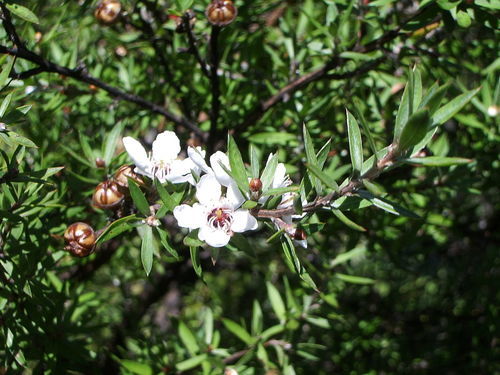 problems, and the vapour from the boiled leaves inhaled to treat colds and respiratory problems. Both the leaves and bark were boiled together, and the warm liquid rubbed over aching joints.
problems, and the vapour from the boiled leaves inhaled to treat colds and respiratory problems. Both the leaves and bark were boiled together, and the warm liquid rubbed over aching joints.
A poultice of pounded manuka berries/seeds applied to a flesh wound, being strongly astringent, would dry it up quickly, and greatly assist in healing.
For stomach cramps and diarrhoea, manuka seed balls can come to the rescue. Chewing the seed balls has been said to stop diarrhoea, although not very tasty! Infusions made from the leaves or bark can also ease the discomfort of diarrhoea. Tea from the leaves is also a useful mouthwash and is said to reduce fevers.
Enjoy your summer exploring, knowing which herbs and plants you can use for healing, just in case! ♥
Posted: Tuesday 4 January 2022
